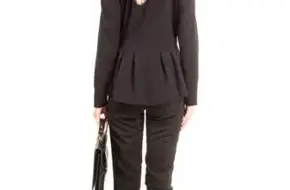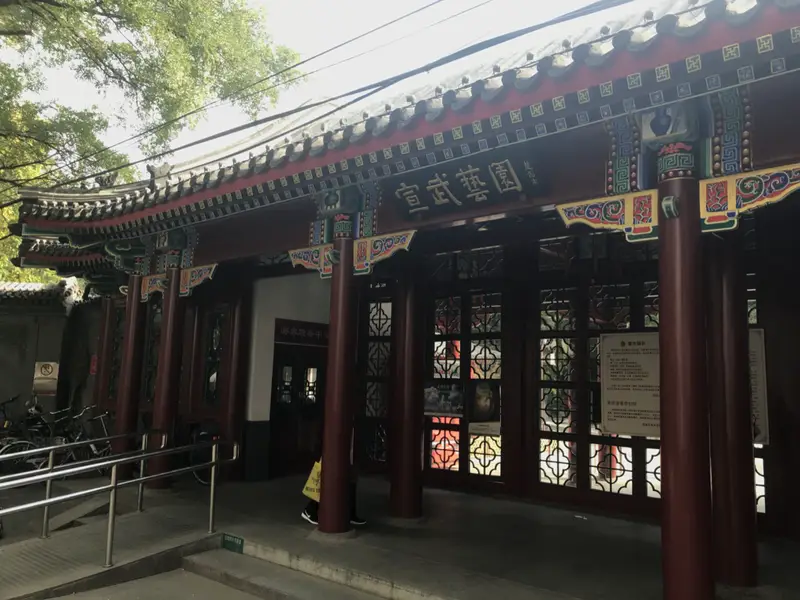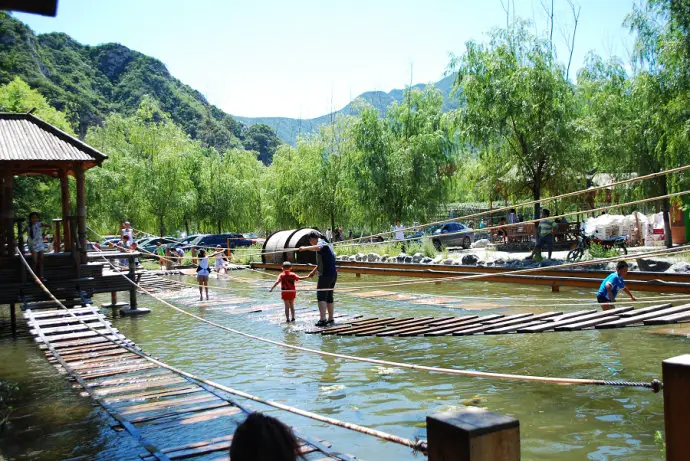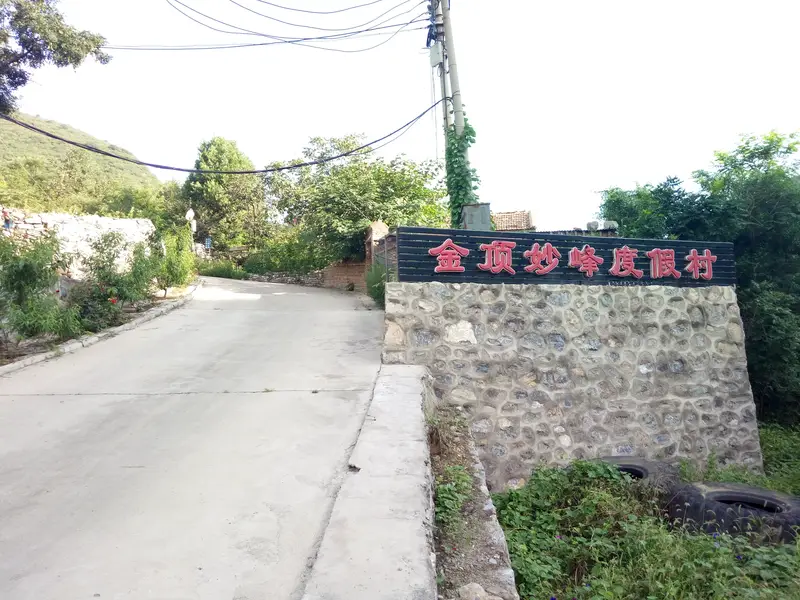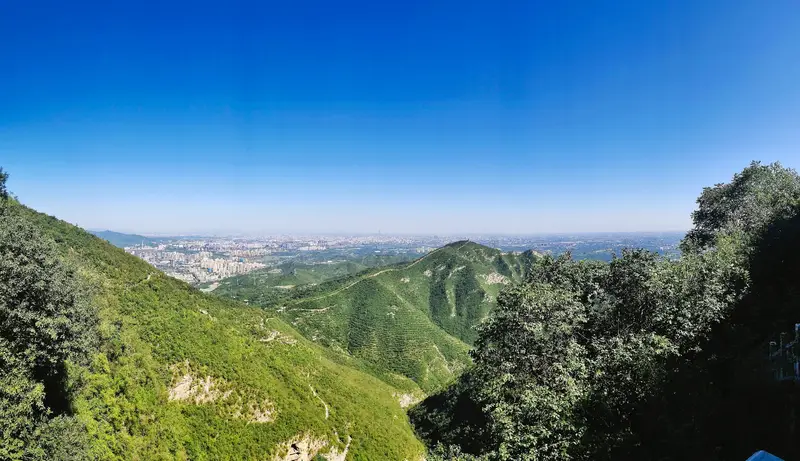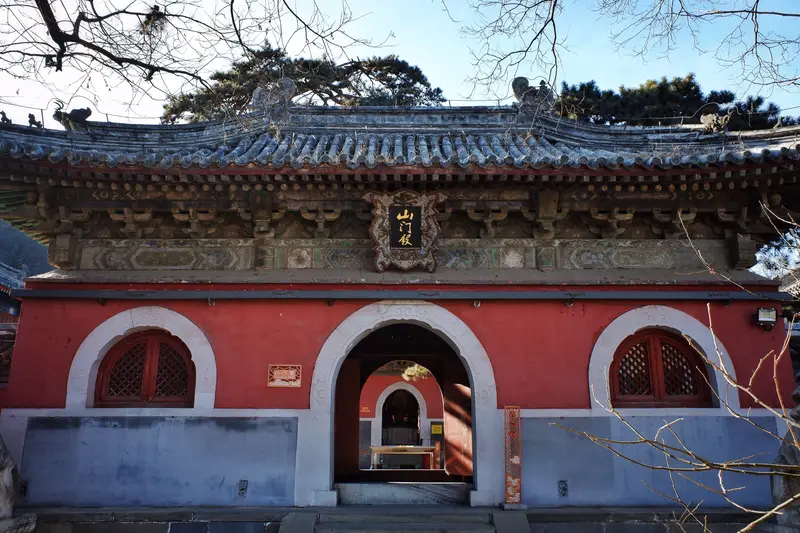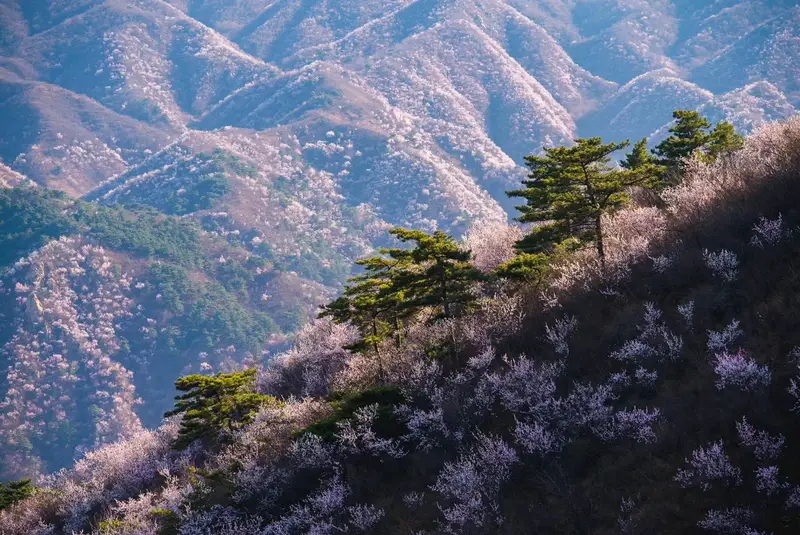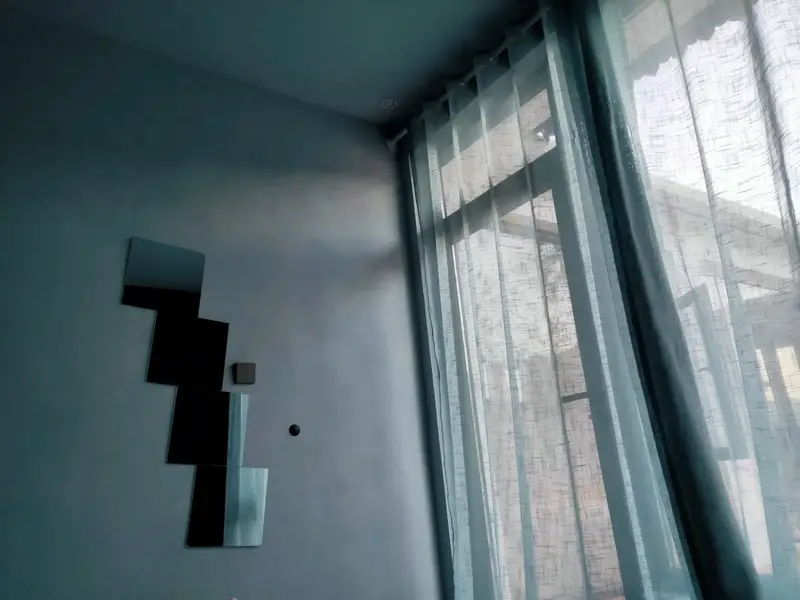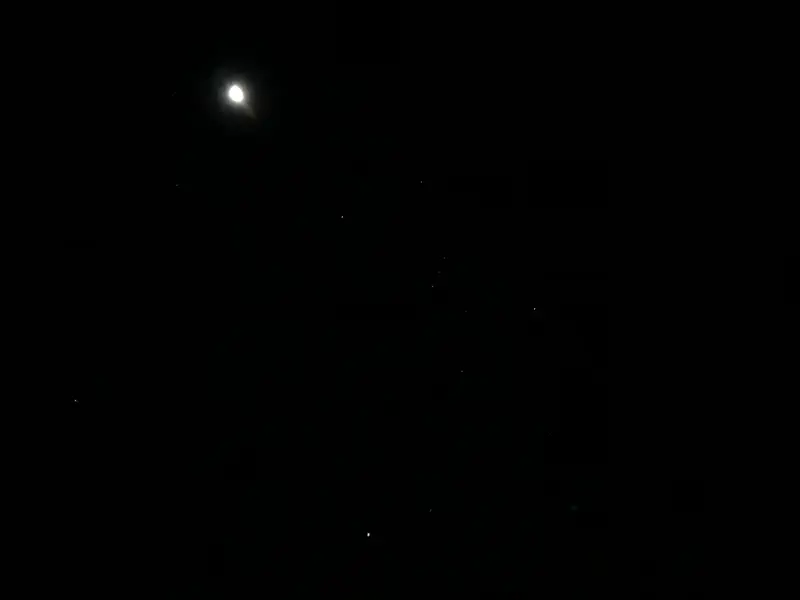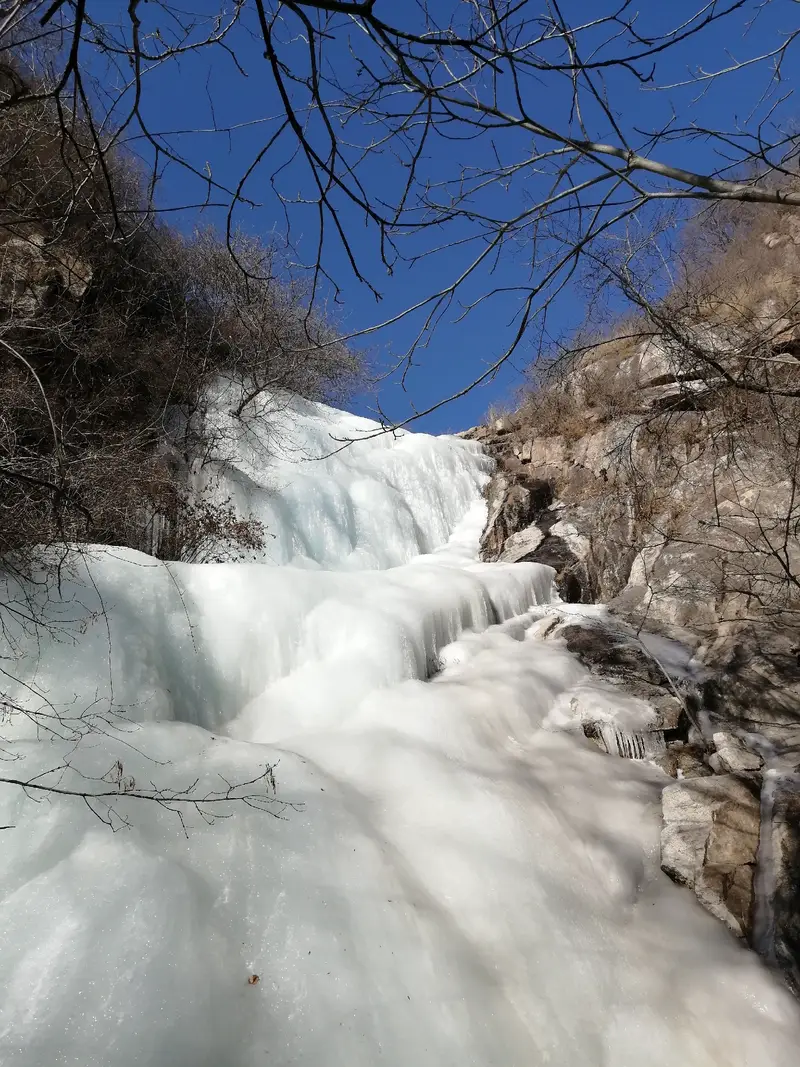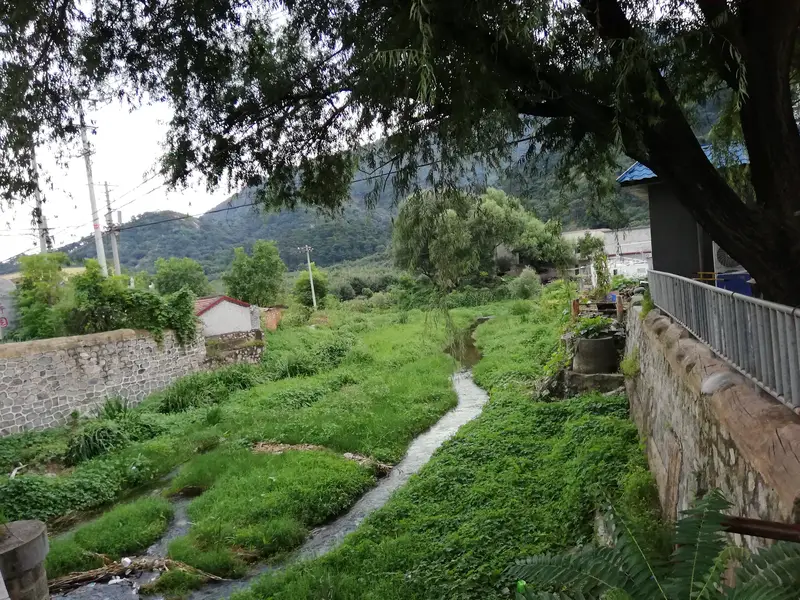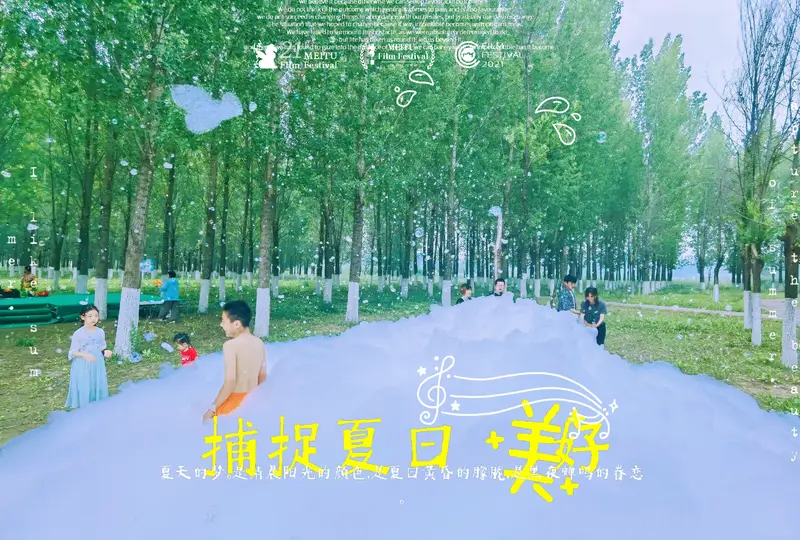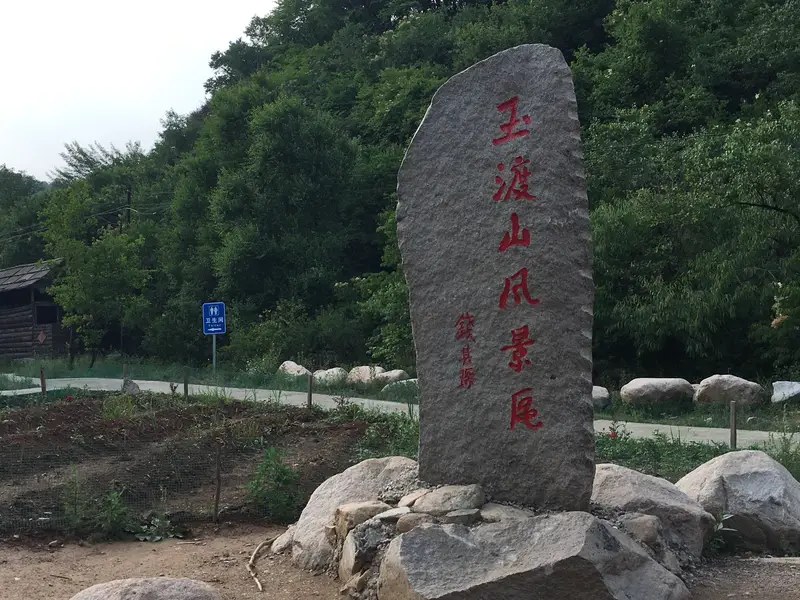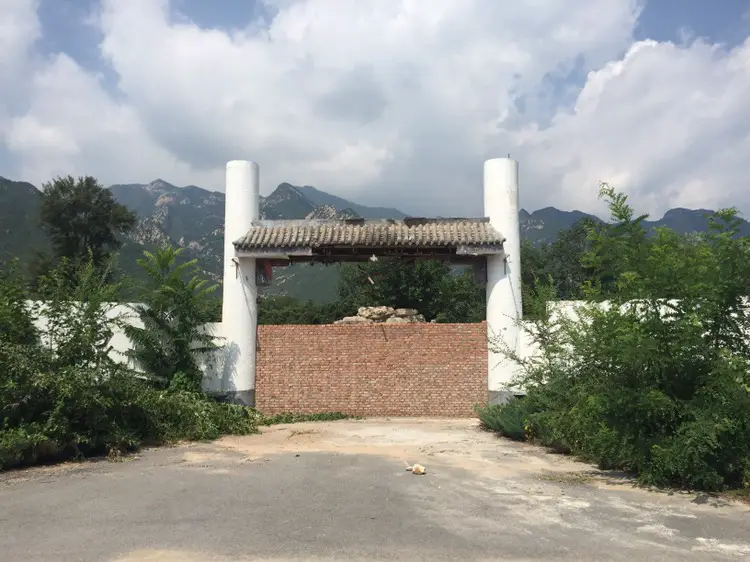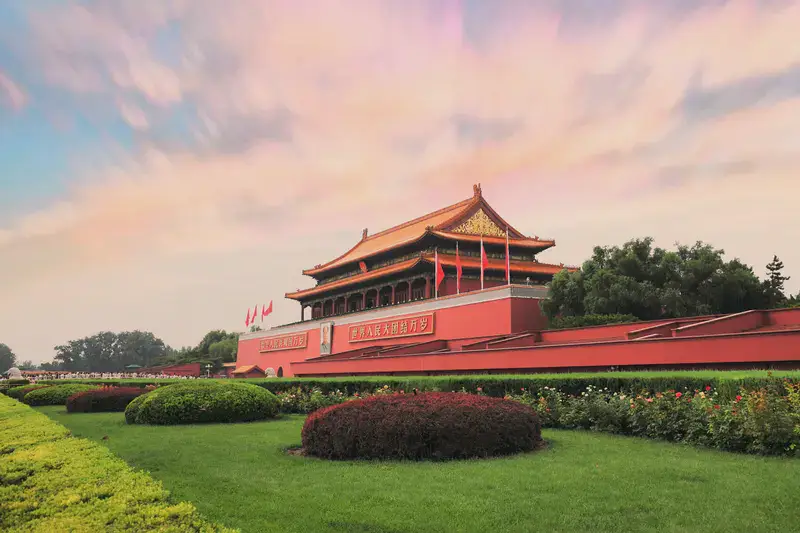Geography and Transportation
The Cruciform Temple Site sits quietly in Chechang Village, Zhoukoudian Town, Fangshan District, about 70 kilometers southwest of Beijing’s downtown. Nestled at the end of Lumen Valley in the foothills of Mount Sanpen, the temple blends into a landscape of rolling hills and dense forests. To reach here, you can either drive along the G5 highway and turn onto local roads (be prepared for narrow, winding paths) or take a public bus to Zhoukoudian Town and arrange a taxi for the final 10-kilometer journey. The remote location means fewer crowds, but plan to spend a full day exploring.
Natural Scenery
Surrounded by the serene beauty of the Western Hills, the Cruciform Temple Site feels like a hidden gem. In spring and summer, the valley bursts with wildflowers and lush greenery, while autumn paints the hills in shades of red and gold. A gentle stream runs nearby, and birdsong fills the air. The temple’s ruins are framed by ancient pine trees, creating a peaceful atmosphere perfect for quiet reflection. Bring a camera—the mix of nature and history here is Instagram-worthy!
Historical Vibes
The story of the Cruciform Temple Site spans over a millennium. Originally built as a Buddhist temple in the Jin Dynasty (around 300 CE), it transformed into a Nestorian Christian monastery during the Tang era. Later, it swapped between Buddhism and Christianity again in the Liao and Yuan dynasties. Emperor Yuanli of the Yuan Dynasty even renamed it “Cruciform Temple” in the 14th century, honoring its unique role in Chinese-foreign religious exchange. Today, only stone foundations and weathered statues remain, but guides can help paint a vivid picture of its layered history.
What to See
- Ruins and Artifacts: Wander through the excavated areas to spot ancient stone pillars, Buddha statue fragments, and cross-shaped motifs carved into stones—a rare blend of Eastern Buddhism and Western Christianity.
- Panoramic Views: Climb the nearby slopes for a bird’s-eye view of the valley. On clear days, you can see all the way to the plains of Beijing.
- Local Culture: The villagers of Chechang often share folktales about the temple’s ghost stories and royal connections. Ask around—you might hear some quirky legends!
Tips for Visitors
- Dress Comfortably: The site involves light hiking on uneven terrain. Wear sturdy shoes.
- Bring Supplies: There are no cafes or shops nearby, so pack water, snacks, and sunscreen.
- Guided Tours: Consider hiring a local guide (available in Zhoukoudian Town) to unlock the temple’s fascinating history.
- Best Time to Visit: Spring (April-June) and fall (September-October) offer mild weather and stunning foliage.
Off-the-Beaten-Path Charm
Unlike Beijing’s crowded landmarks, the Cruciform Temple Site feels like a time capsule. You’ll likely have the ruins to yourself, except for a few hikers or history buffs. The lack of commercialization makes it a pure escape—ideal if you’re tired of tourist traps. Nearby, you can also visit the Zhoukoudian Beijing Man Site (a UNESCO site) for a full day of “wow, I’m standing where ancient humans lived!” moments.
This blend of nature, mystery, and history makes the Cruciform Temple Site a must-visit for anyone looking to explore Beijing’s lesser-known treasures. Pack your curiosity—and comfy shoes!

